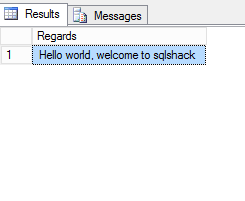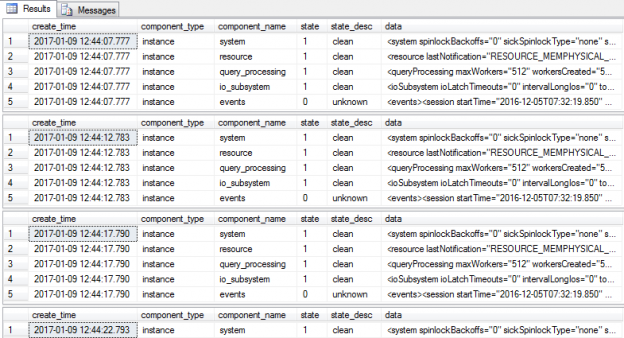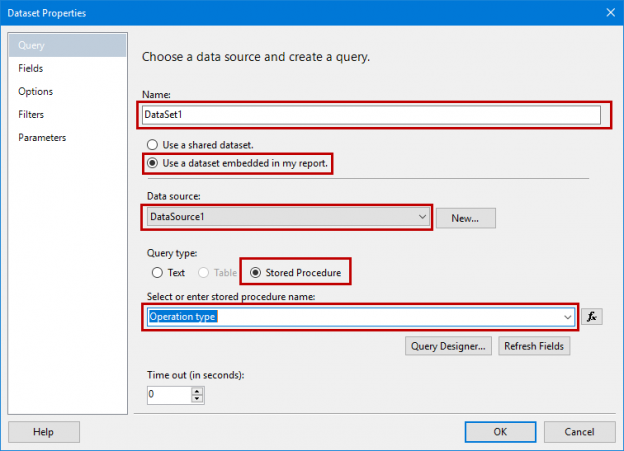Like any other enterprise RDBMS system, SQL Server ships with several built-in functions that make developers’ T-SQL code clean, convenient and reusable. To demonstrate the efficiency of functions, say we needed to retrieve a server name for one of our SQL Server instances. Well, one of doing this would be to write a SELECT statement that would query the system view [sys].[servers] from the master database as shown in Script 1.
Read more »









